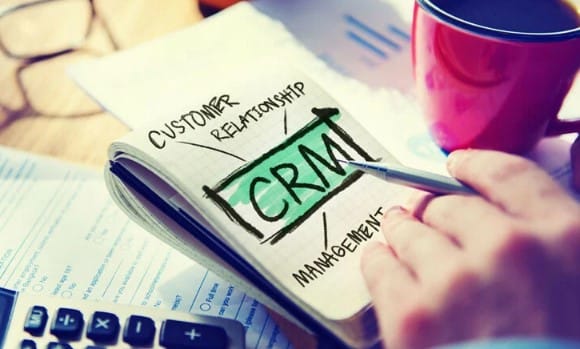Customer loyalty is essential for the success of any business. A loyal customer is more likely to repeat purchases and refer the business to others, leading to increased revenue and growth.
Customer Relationship Management (CRM) and personalization are two effective ways to build customer loyalty. In this article, we will discuss how to use CRM and personalization to build customer loyalty.

What is Customer Relationship Management (CRM)?
Customer Relationship Management (CRM) is a technology that helps businesses manage their interactions with customers. CRM software provides a centralized database of customer information, including contact details, purchase history, and preferences. By using CRM software, businesses can better understand their customers and provide personalized experiences that build loyalty.
Benefits of Using CRM
- Improved customer experience
- Increased customer loyalty and retention
- Increased sales and revenue
- More efficient customer service
- Better customer insights and understanding
Personalization in Customer Loyalty
Personalization is the process of tailoring experiences and content to individual customers based on their preferences and behaviors. Personalization creates a more meaningful and relevant experience for customers, which leads to increased loyalty and retention.
Benefits of Personalization
- Improved customer experience
- Increased customer loyalty and retention
- Increased sales and revenue
- Higher customer satisfaction
- Better customer insights and understanding
How to Use CRM and Personalization to Build Customer Loyalty
To build customer loyalty with CRM and personalization, businesses need to follow these steps:
Step 1: Collect Customer Data
The first step is to collect customer data through various channels, such as website analytics, surveys, and social media. This data should include customer demographics, preferences, and behaviors.
Step 2: Analyze Customer Data
The next step is to analyze the customer data to gain insights into their preferences and behaviors. This analysis will help businesses understand what customers want and how they interact with the brand.
Step 3: Create Customer Segments
Using the insights gained from the analysis, businesses can create customer segments based on shared characteristics, such as age, location, and interests. These segments will help businesses tailor their experiences and content to each group of customers.
Step 4: Implement Personalization Strategies
Once customer segments have been created, businesses can implement personalization strategies, such as targeted email campaigns, personalized product recommendations, and customized website content. Personalization should be tailored to each customer segment to ensure relevance and effectiveness.
Step 5: Measure Results
The final step is to measure the results of the CRM and personalization strategies. Businesses should track customer engagement, retention, and revenue to evaluate the success of their efforts.
Conclusion
Building customer loyalty is crucial for the success of any business. By using CRM and personalization, businesses can create personalized experiences that build customer loyalty and retention. The key to success is to collect customer data, analyze it, create customer segments, implement personalization strategies, and measure results.
FAQs
Q1. What is the role of CRM in building customer loyalty?
A. CRM helps businesses manage their interactions with customers by providing a centralized database of customer information. By using CRM software, businesses can better understand their customers and provide personalized experiences that build loyalty.
Q2. How does personalization improve customer loyalty?
A. Personalization tailors experiences and content to individual customers based on their preferences and behaviors. Personalization creates a more meaningful and relevant experience for customers, which leads to increased loyalty and retention.
Q3. How do businesses collect customer data?
A. Businesses can collect customer data through various channels, such as website analytics, surveys, and social media. This data should include customer demographics, preferences, and behaviors.
[hurrytimer id=”248″]